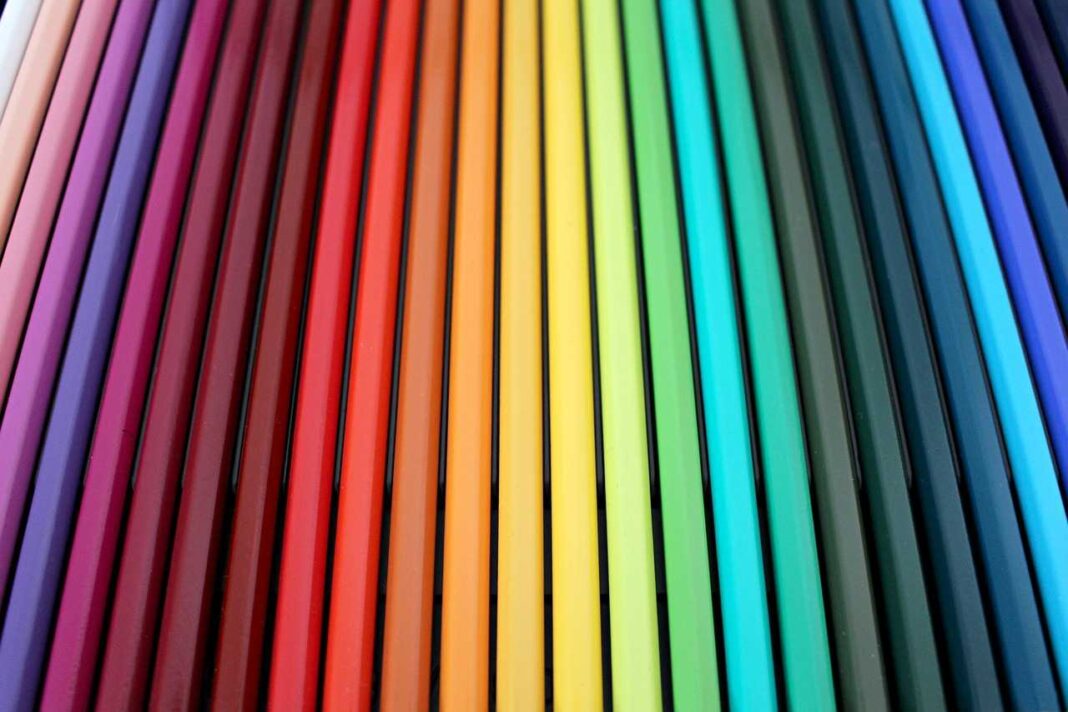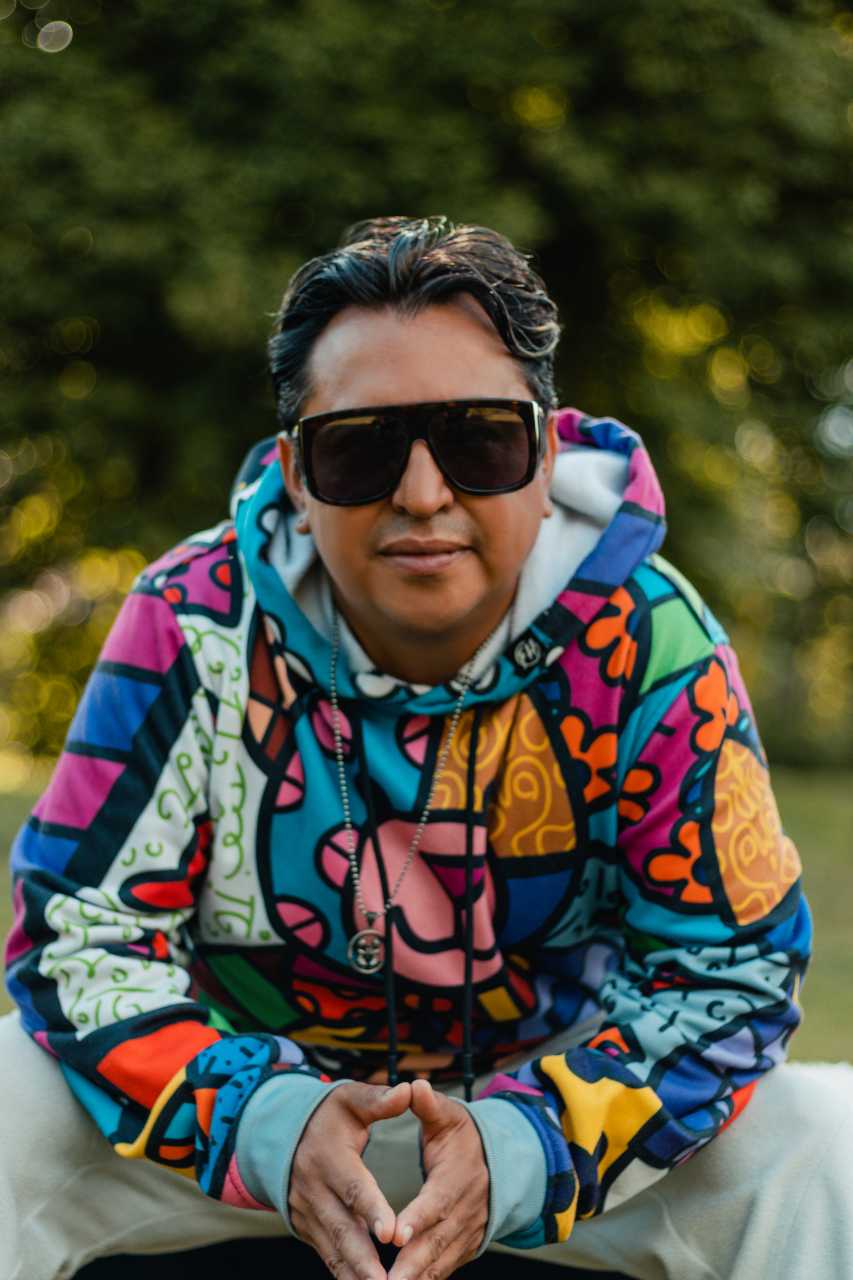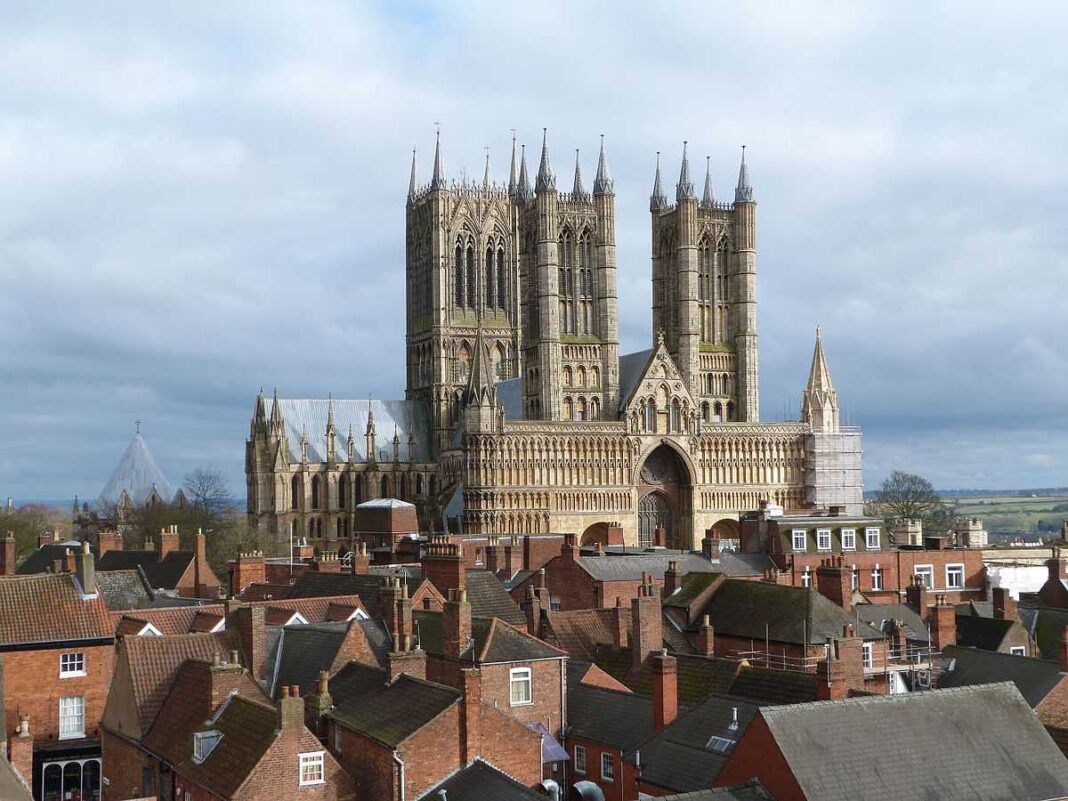We all know that Asif Ali Gohar has created vegan rice leather that allows for more of us to access leathers and not worry about their effect on the environment. As part of the process, they are making leather in different colors, and to do this and maintain the same standards of environmental protection and lower the effects of industry, they need to be environmentally safe colors. I’ve started on the project of finding additional ways to color the leather and new colors to use.
The first consideration is to find things that grow naturally and that provide color. For this I am looking at flowers, plants, farm crops, vegetables, anything that might be able to add a natural color. For each of these I am doing the research of the effects that this source has on the environment, what resources it takes to grow it, if it is a perennial and will continue to grow each year or if it needs a new seed round each harvest.
Another possible alternative is to find waste products from other processes or businesses that use these items. Companies making baby carrots will peel them and shape them, with the pieces that are taken off being used for other purposes. It’s possible that these could be used within the manufacturing process to add color to rice leather. This also opens the possibility that cut offs from flower shops, both stems and flowers that did not bloom correctly. These scraps often end up in compost, but maybe some of them can be used for our purposes as well.
If we can use castoffs and waste from other industries or processes, then we can create new colors of rice leather without expanding our carbon footprint at all. The shipping and transportation will be the only added damage to the environment, and by collecting locally with one vehicle we can limit that as well.
Creating an environmentally friendly product does not just include one part of the process or one of the raw materials. It is all encompassing and requires all of the raw materials to be environmentally safe, they all must meet the standards that are set, and the waste that is caused by adding these colors must not be damaging just as the current waste created is safe for disposal. Now that I have found some sources that may work, I will see how we can get the color from the source to the leather in the most effective way, whether that is water, pressure, or drying and creating a powder. Once this has been tried and the most effective and effective method, we will be able to move forward with nearly endless colors and shades of leather. Mixing colors and sources is the next step, then to determine if it is possible to color some areas and not others, making patterns within the material.



